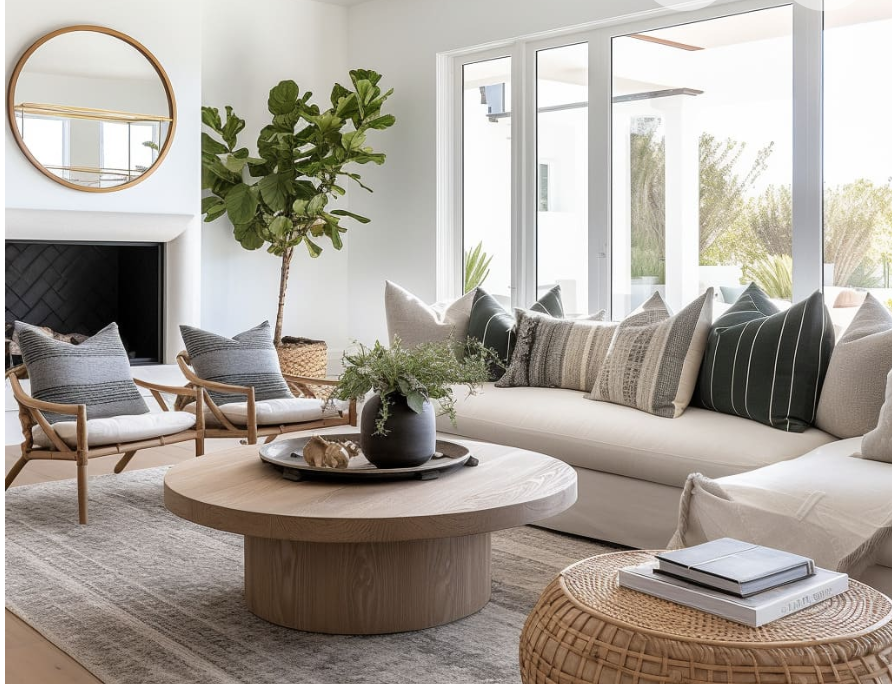
When you walk into a room and you get an instant feeling of ‘home’ – things seem to fit the space well, the flow is comfortable, the colour palette and materials work together to create a feeling that invites you into the space and want to sit down. That is good interior design. As an interior designer there is a lot that goes into making it look effortless, here are a few tips when planning your project.
1. Optimize your layout
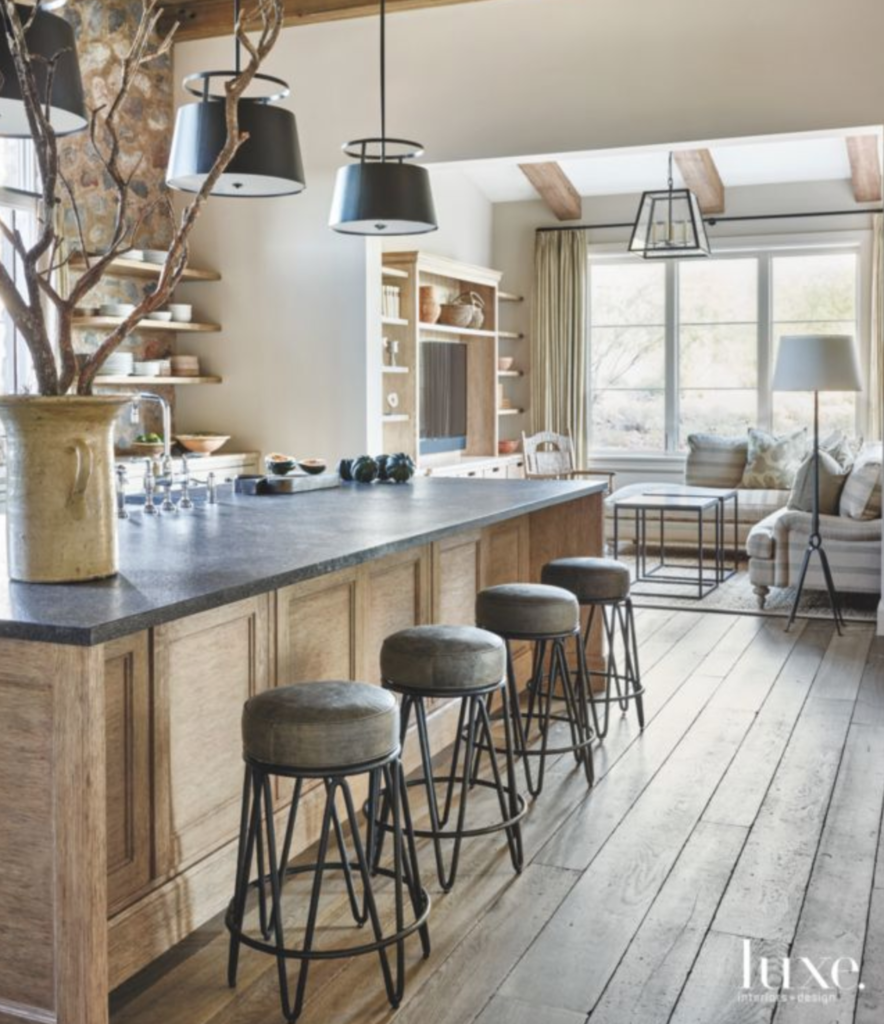
Think how you want to live in the space and what kind of feeling you want to create. Do you want an elegant space to entertain in a formal way with your silver cutlery and wedding china or do you like a casual vibe as in the photo above where you just pitch up and grab a stool to chat to someone cooking or lounge on the sofa and catch up on a favourite Netflix series. You may want to remove a wall between your kitchen and ‘formal’ dining room to make a larger area or enlarge a window into doors to access the garden… Walk through your day, coffee – where should the machine go, do you need a breakfast cupboard for the family to help themselves from? Where can you store your collection of serving platters? By thinking through various scenarios you will get a list of wants and needs. Once you have decided on the best layout for the space you can move onto what will go into the space. Tip: Measure your space and your doorways (for bringing furniture into your home) to keep on hand as furniture always looks smaller in a showroom!
2. Find your style
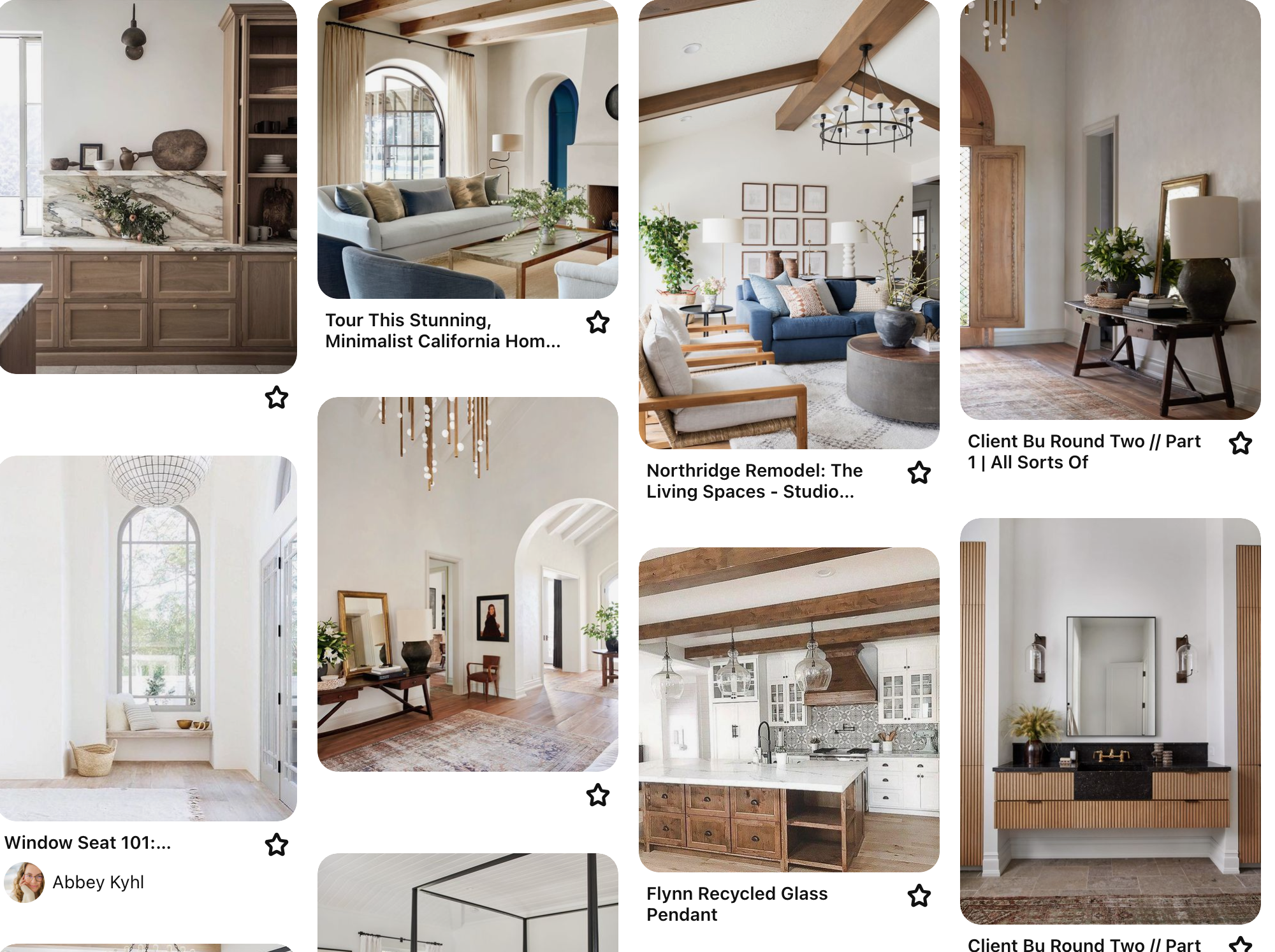
Use Pinterest to collect images you like, set up a board (as I do for my clients) to see what you are drawn to – a pattern will emerge. Eg the collection of images above shows a transitional style, which is a blend of periods with a mix of old and new, a warm colour palette against light neutral airy walls, a desire to use natural woods and stones to create an authentic and casual style. My Pinterest is catagorised by rooms and a good place to start pinning from. Build an inspiration library, print and keep with your room measurements. When you go shopping it will keep you on track and focus you when choosing flooring, rugs, wall colour, furniture, lighting an so on. Tip: Always check with an electrician first before you buy a heavy ceiling light – they need to check if they can fix into a beam above your ceiling….
3. Choosing your colour palette
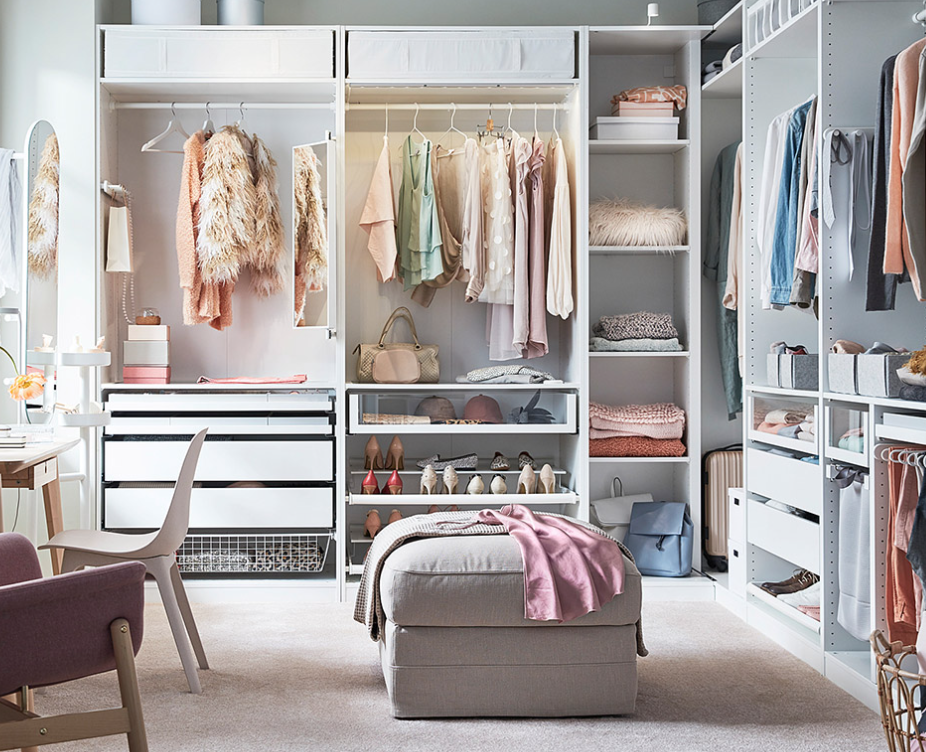
Consider what colours you like to wear? For a young and feminine style, this palette above would translate well into a room scheme. Pastel colours with light and airy textures and soft cosy fabrics. For a more masculine style you may look at more primary colourways denim blues, reds, emerald, navy with white. The idea is to create balance, so you need a careful mix of light and dark tones, that mix (mostly light or dark) and the colours you select will create the feeling within the space. The psychology of colour for interior design is an in depth subject, for quick reference; naturals with light wood tones and greens are calming and relaxing, pastels are uplifting and bolder and darker colours create drama and excitement to be careful how you choose! Print out colours you like and keep together with your library of inspiration and room dimensions and you are ready to shop! Tip: a small dark room eg a hallway or guest WC with little natural light will always be dark so creating a darker/bolder colour scheme is a clever way to create a little drama!
4. Finding Trades and Builders
Recommendation is always best. Ask around in your local area an facebook groups. In any case always get three offers for work and compare like for like, go through each list and also compare the timeline they are offering. I always advocate using established companies who are insured and will give a guarantee on their work. In Switzerland your trades should give you a 2 year guarantee and come back then to repair anything that is ‘seen’. You have a further 3 years (total 5) on things that were ‘unseen’ at the 2 year inspection. When making your final choice it is always advisable to ask for this assurance and for references to see previous work. Tip: The cheapest quote is not always the best.

5. Interiors Shopping
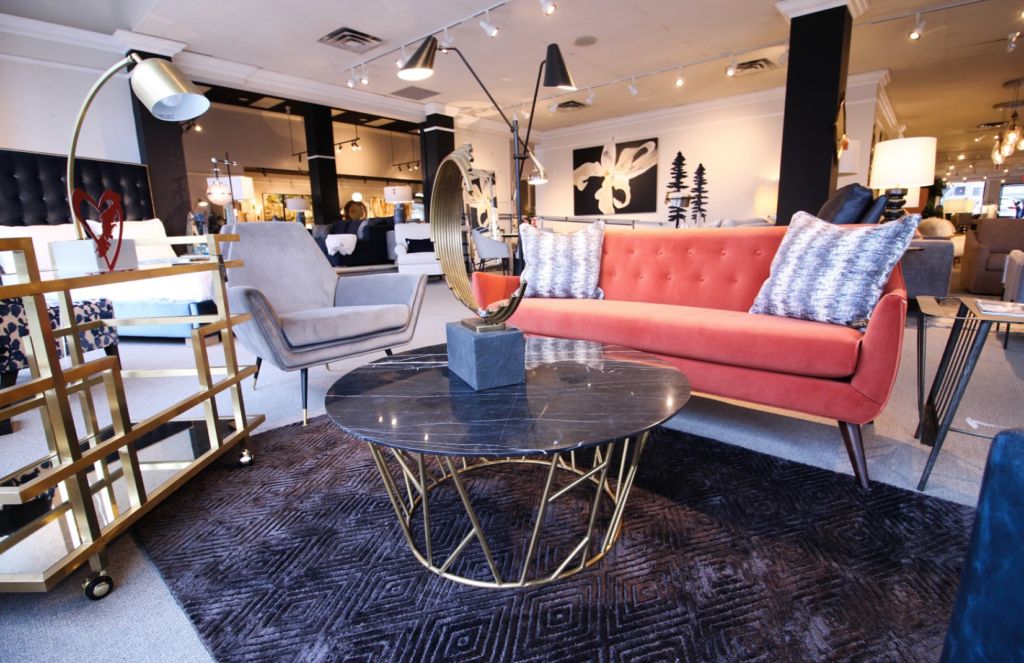
Armed with your inspiration library from Pinterest, your measurements and colour preferences you can visit your favorite retailers with the best chance to find things that fit your space and are in line with your style. It is not advisable to order upholstery online as you have no reference on quality or comfort, you also have little recourse if you find a fault on delivery or find it uncomfortable – it can be very difficult to return. Tip: Try to invest as much as possible in your sofa and bed, you can make economies elsewhere.
6. Hire an Interior Designer
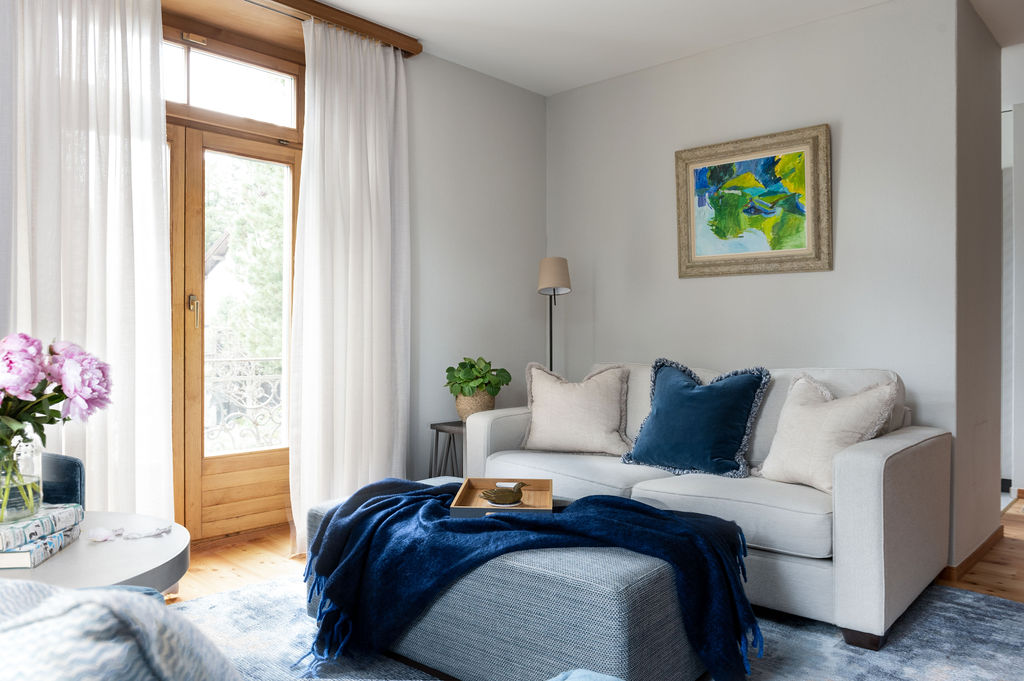
So you have decided you want to start your project, and you realise you do have great ideas but lack the time it takes to find what you like. You may have the time but are overwhelmed at the choices or underwhelmed at the lack of choice! Finding a professional interior designer that can help you achieve your goals will save you time and prevent you from making costly mistakes. Again, as with trades ask for references you can check and even visit locally.
There are two distinct aspects to interior design: the function and the aesthetic. The function involves practical planning of your interior spaces so that they work both independently and collectively, to satisfy the occupants’ requirements. The planning covers the general arrangement of the spaces, including furniture and addresses issues such as the allocation of places for activities, eg sleeping, bathing etc – the flow of human traffic through the home and the location of storage areas. The aesthetic aspect relates to the visual identity of the spaces and how they feel; it is this aspect that most members of the public associate with interior design. The project’s visual language includes colours, palettes of materials, styles of furniture and other loose and fixed items and equipment.
in other words, Interior designers will create a concept with you, plan the spaceI use 3D CADs to give overview, and source all the elements you require from quality suppliers. A colour and materials palette will be produced so you can see how all the elements sit together. I also offer a luxury service to create in 3D bespoke furniture for my projects where my clients want something not available on the market and I work with specialists who can do this. Full service designers also coordinate works in progress to ensure they go to plan. This includes light building works, decorating, kitchen/bathroom installation as well as the final install of furniture and fittings. This means that as clients you get to enjoy the experience!
If you are in the Zürich area I would love to hear about your next project, contact me by email below and I will schedule a call to discuss your project and how I could help.

